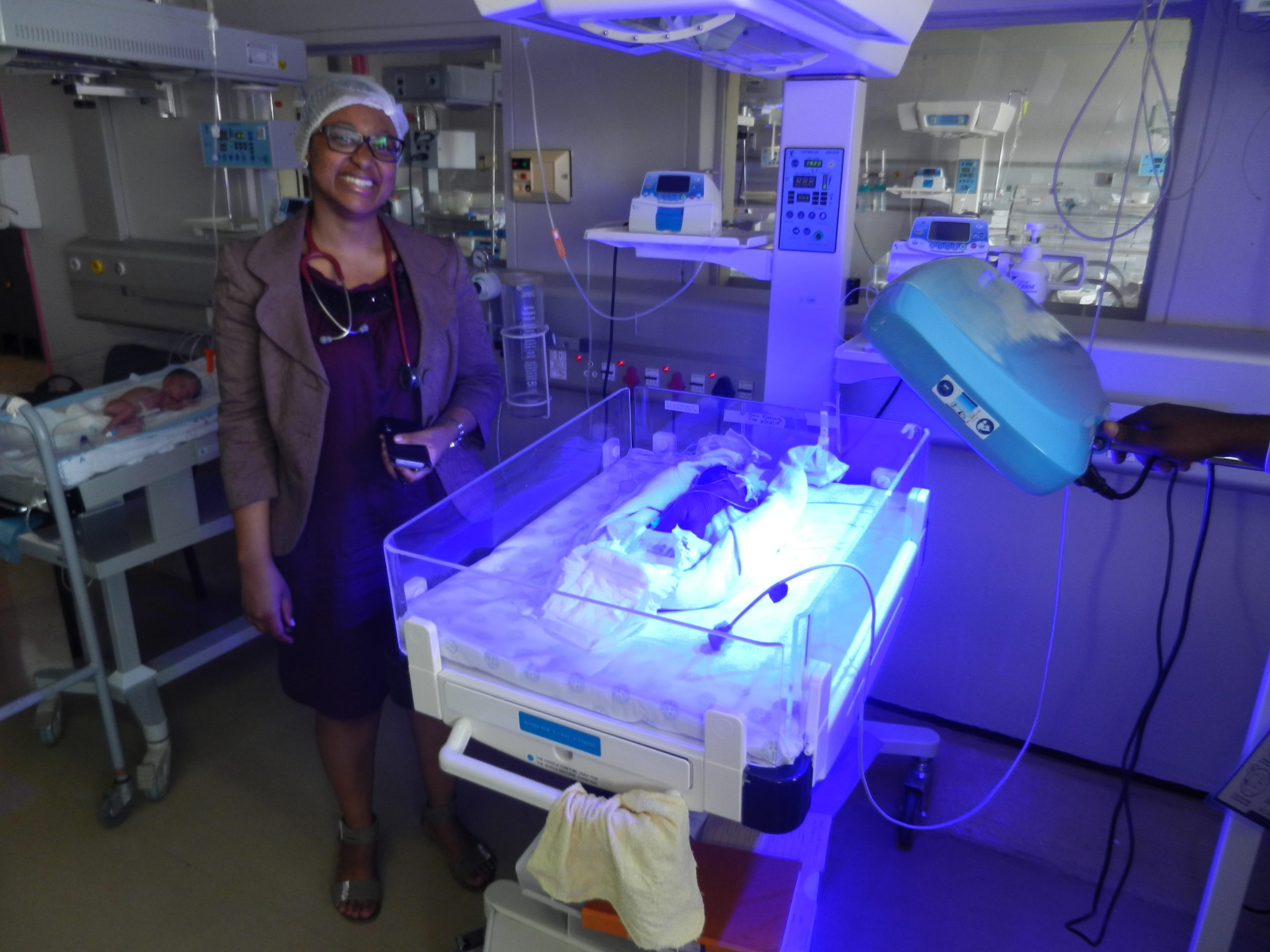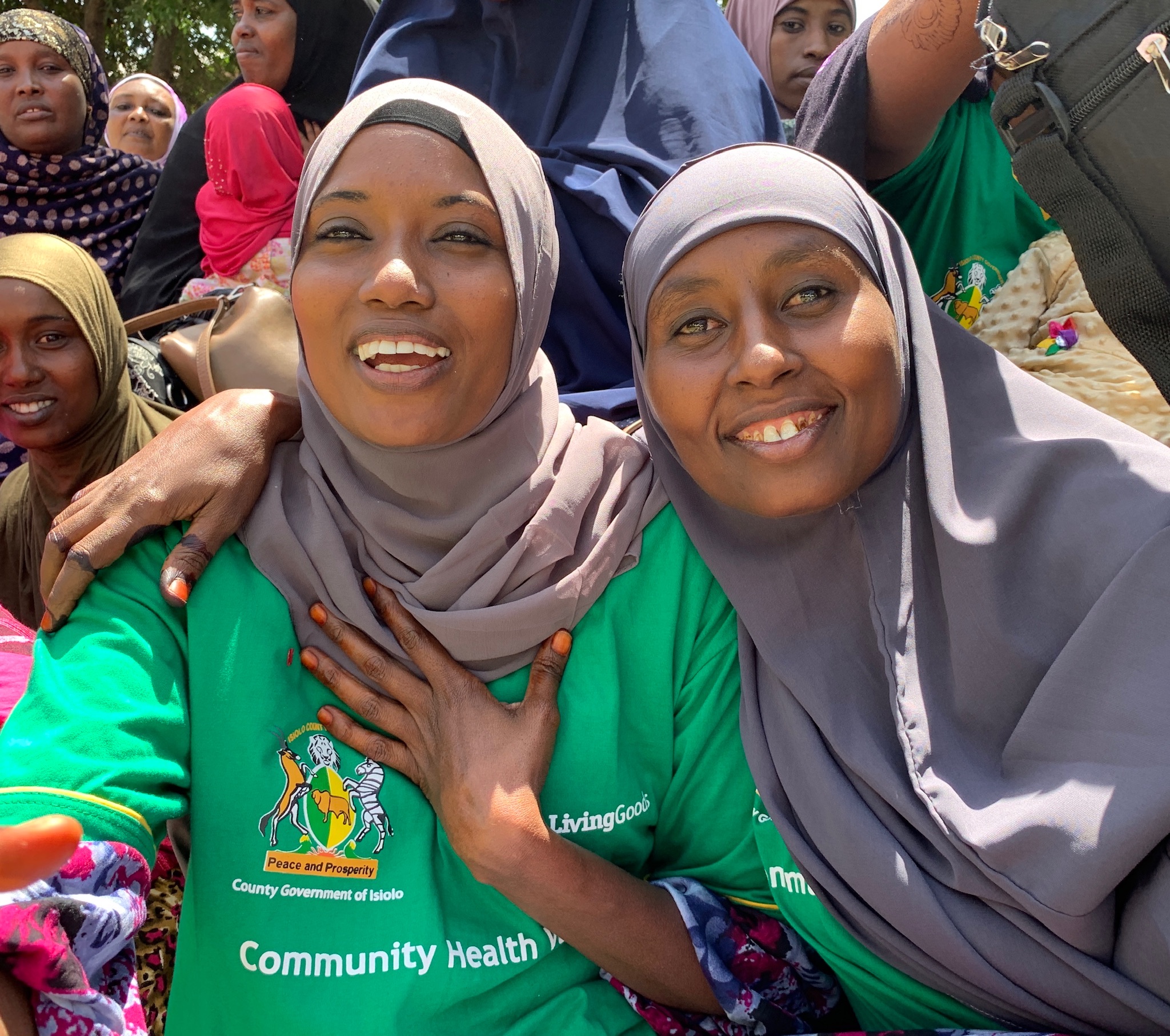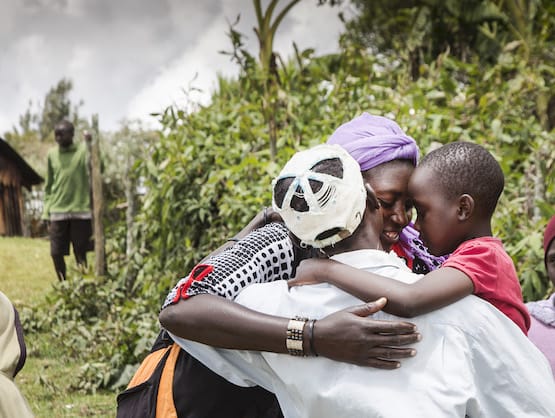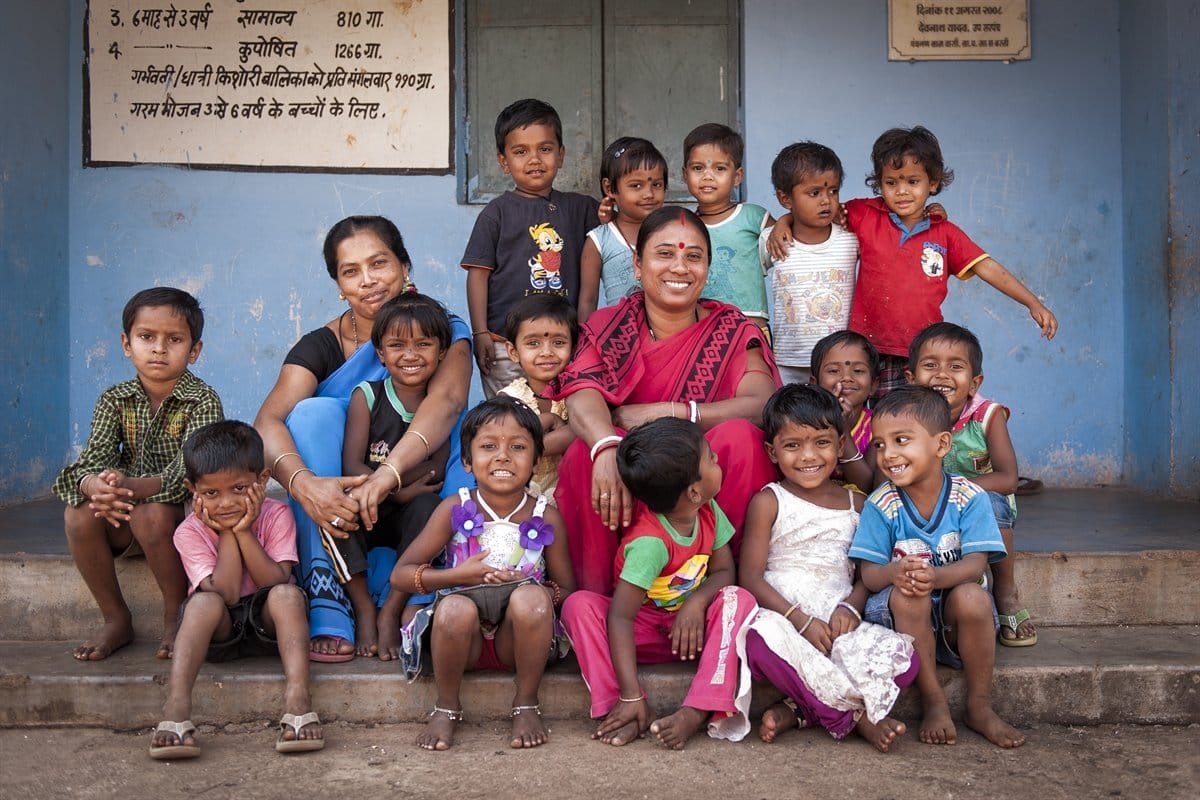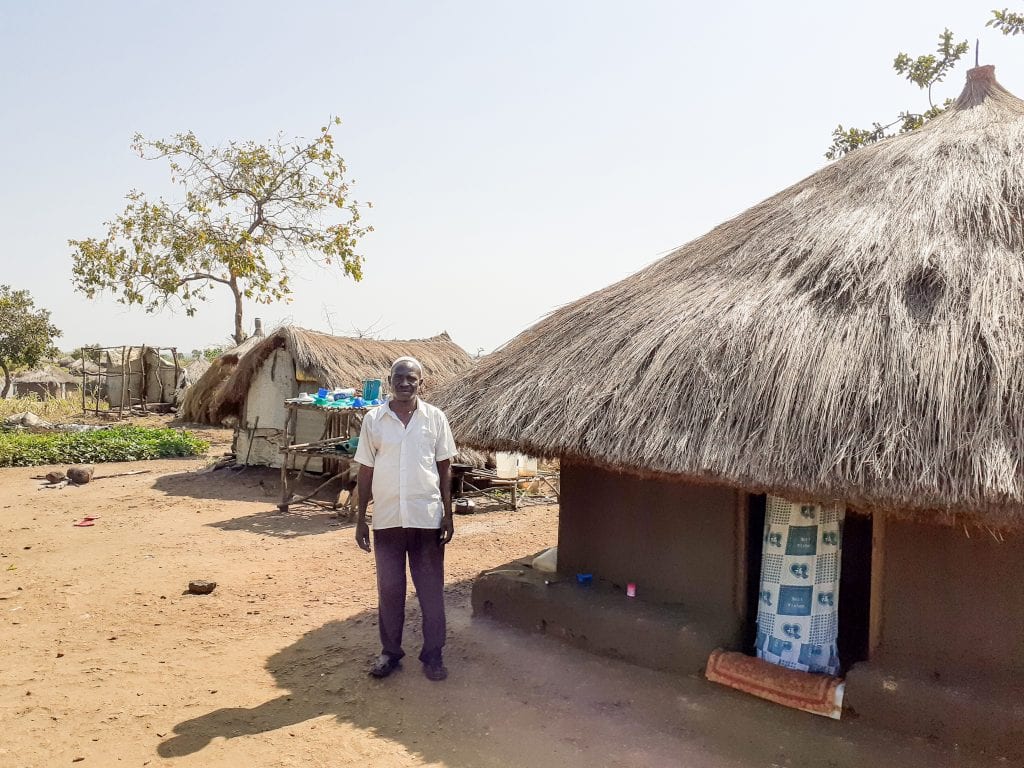This story was originally published in Borgen Magazine by Molly Power
Jaundice affects more than half of full-term and 80 percent of premature babies. While most babies recover without permanent side effects, infants that are denied the treatment they need are at risk of severe consequences. Unfortunately, light therapy lamps, the basic treatment devices, cost several thousands of dollars. The non-profit D-Rev saw the severity of this problem and quickly began developing a solution. Now, its redesigned lamps are helping newborns fight jaundice as well as helping hospitals save money and resources.
What is Infant Jaundice?
Infant jaundice occurs when newborns have an excess of bilirubin, a yellow pigment caused by broken-down blood cells, in their blood. This build-up occurs in some babies’ bloodstreams because their livers aren’t yet mature enough to filter it out efficiently. That is why jaundice is more common in premature newborns whose livers are even less developed. Babies that don’t receive adequate treatment face immediate illness. In the worst cases, they may have permanent brain damage, impaired muscle control, hearing loss and dental issues for the rest of their lives.
Therefore, it is important to treat serious cases with urgency. Babies generally receive intravenous immunoglobulin (IVIg), small blood transfusions or light therapy. In affluent and impoverished facilities alike, light therapy (also called phototherapy) is the preferred method of treatment. It is widely effective in most cases, easy to administer and a relatively cheap solution.
However, studies showed that globally, 95 percent of phototherapy machines in low-income hospitals did not meet basic standards of performance. For the hospitals that did have these devices, one out of three of the machines had at least one non-functioning bulb. This is because each bulb only lasts a few months and lamps generally require six to operate at full capacity. Impoverished hospitals couldn’t afford to fully maintain these machines. Annually, either due to ill-functioning devices or a lack of treatment altogether, experts estimate that more than 6 million babies suffer from lack of adequate treatment for their jaundice.
D-Rev to the Rescue
Founded in 2009, D-Rev is a San Francisco-based nonprofit that strives to design specific medical technologies that will help under-served populations. This organization is unique, choosing to focus on just a few areas of concern in order to best serve its target patients. Beginning in 2010, D-Rev decided to help resource-scarce newborns fight jaundice by developing a device geared for use in impoverished areas. Its improved “Brilliance” lamp consumes half the electricity of regular phototherapy machines. It also operates with LEDs instead of bulbs, so no parts require regular replacement. The bright blue LEDs can withstand 120,000 hours of use before failing.
The first model hit the market in late 2012. Soon after, in early 2013, developers introduced a “Brilliance Underside” version that shines up from beneath the baby. This version works alongside the traditional top-down lamp to provide 360-degree phototherapy for the sickest patients. D-Rev didn’t just stop there. They introduced a redesigned model in 2015 that has an integrated light meter, improved programming and sleeker design to be more maneuverable in crowded hospital facilities. Most importantly, every one of these machines costs just $400, a fraction of the price of other devices.
The Impact of Brilliance Technology
In fewer than seven years since their introduction, D-Rev’s Brilliance phototherapy lamps have proven themselves exceedingly useful to the global medical community. As of June 2019, D-Rev’s technology has treated nearly 667,000 babies. Of those treated, 567,000 babies would not have had access to any treatment without the Brilliance machines. Lastly, the lamps have prevented 9,000 deaths and disabilities from the more serious cases of jaundice.
D-Rev’s impact on this immense number of lives shows the value of a well-designed solution. Its lamps are helping newborns fight jaundice as well as helping hospitals run more efficiently. Most of all, they are a promising look at what D-Rev will accomplish in the future. With current projects including machines to support newborn respiration and smarter knee prosthetics for amputees, this organization continually demonstrates that Brilliance is more than just one of its inventions; it’s a driving force behind its success.
You can learn more about D-Rev here and support their work here.
